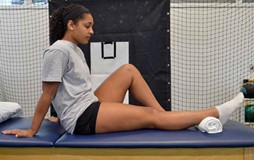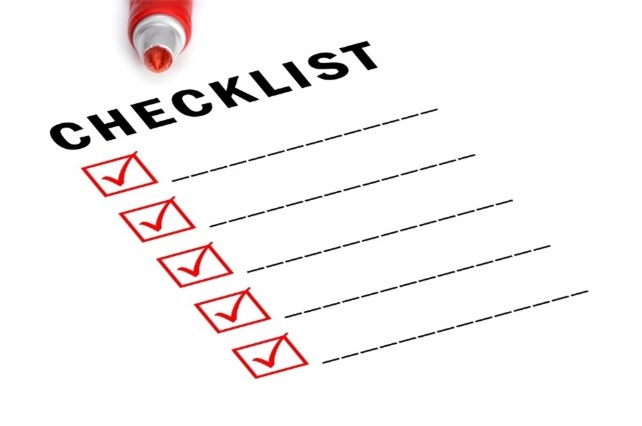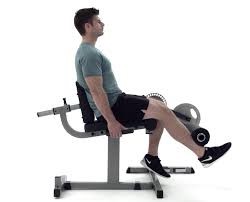
Prehabilitation
Your rehabilitation from ACL reconstruction should start before the actual surgery itself! Following injuring your ACL you will have reduced mobility, strength and control of the knee. If you are able to go in to surgery with optimal function of the knee this will give you a head start in the initial 4-6 weeks of rehab post-surgery. In fact some surgeons may not operate until you have appropriate range of motion and strength of the knee. In addition, depending on how you feel and what your post-operative goals are you may be able to avoid surgery.
Master the initial stage (4-6 weeks)

The first 4-6 weeks is arguably the most important stage of rehab and progressing beyond this stage should not be rushed. You need to aim to achieve a ‘quiet knee’ which means ensuring minimal swelling, full extension range of motion and at least 120 degrees of flexion. Other aspects such as full quads recruitment and ensuring a normal gait pattern also need to be achieved. You should not progress until these parameters are met as this will drastically impact you further down the line.
Understand your specific surgery
ACL reconstruction involves harvesting a tendon to replace your damaged ligament. There are an array of different specific ACL reconstruction methods and graft types. For example either your quadriceps tendon, hamstring tendon and/or your IT band may be used for the ACL graft and it is important that this is considered in rehabilitation as well as the knee itself. Additionally you may have had other concomitant injuries plan such as an MCL repair or meniscal repair which have required surgical fixation and these will need addressed in your rehabilitation.
Have constant objective targets throughout the rehab journey

ACL rehabilitation consists of several different stages which should be progressed through. These different stages are not time bound; they are instead progressed via the use of use of clear key objective and subjective performance markers. It is crucial to achieve these markers before progressing on to the next stage and you should be aware of exactly what these are. For example before returning to running, some basic key goals include having full knee range of motion, there should be no trace of an effusion and quadriceps strength should be >75% of the uninvolved side. Once these are achieved focus should change to the goals of the next phase.
Respect the physiological healing
As important as it is to have an excellent rehabilitation adherence and structured rehab plan; the single biggest thing which will get you back to sport is time. Your reconstructed ACL is transitioning from a tendon in to a ligament and this remodelling process takes at least 9 months. Therefore, returning to sport should never be initiated prior to 9 months following surgery despite how successful rehab has been. Research shows that every month an athlete delays returning to sport after 6 months reduces risk of re-rupture by 51%.
Maintenance

Following returning to sport it is important that there is a continuation in the rehabilitation that has been performed. This of course will be at a reduced intensity than that performed during rehabilitation with sport being initiated but key parameters should be maintained. For example knee extension and graft harvest site strength as well as other aspects such as lower limb control and kinetic chain strength to reduce risk of re-injury. For example, here at Room One we have our patients doing 4-5 sets of 5-8 reps on the knee extension machine @75-90% of their 1 rep max.
Have ACL reconstruction coming up or currently stuck in the middle of your rehabilitation and not sure where you’re at or what to do? Contact Room One Physiotherapy on 028 9268 0940 and get booked in to get a clear rehabilitation plan and specific goals!
